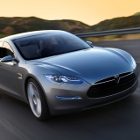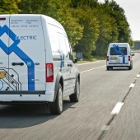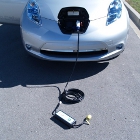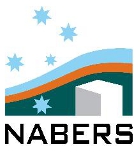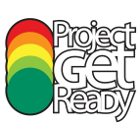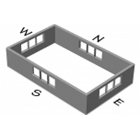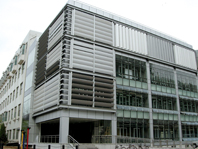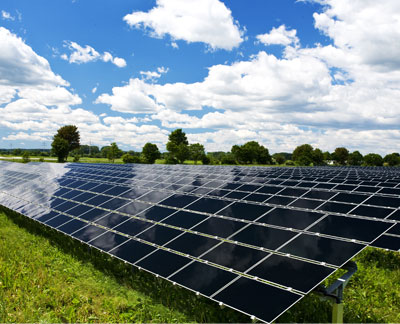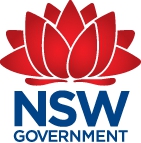Tesla Model S
The Tesla Model S is offered with three battery options, each achieving unprecedented range. Tesla starts with about seven thousand automotive-grade Lithium-ion cells and assembles them into a liquid-cooled battery strategically positioned in the floor of the car. The Model S battery builds on the Tesla Roadster’s pioneering architecture and more than 15 million miles of real world driving.
